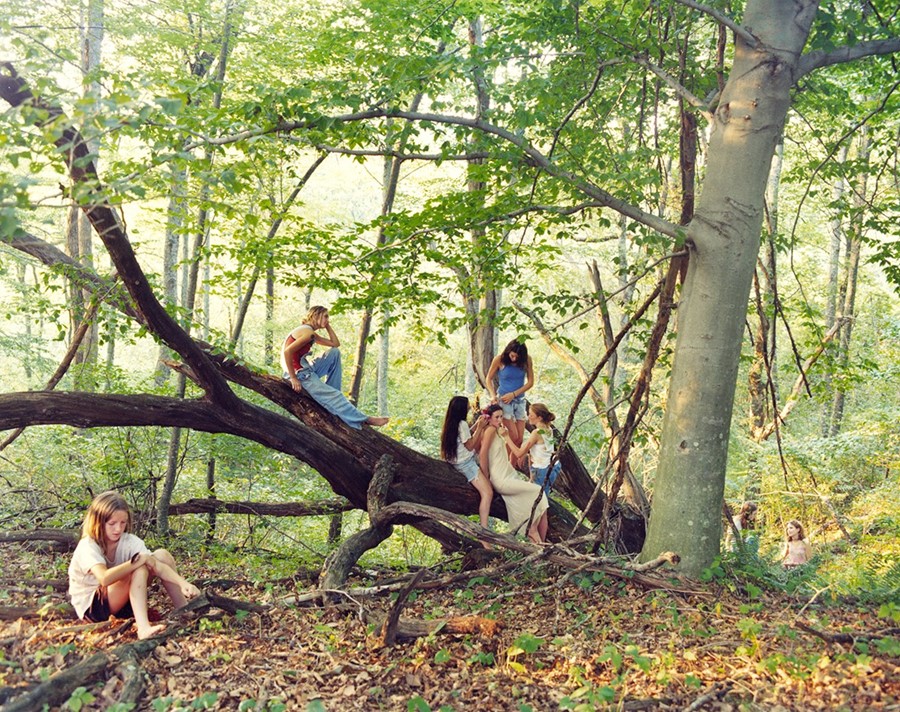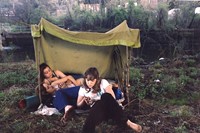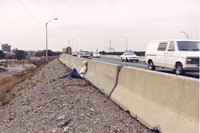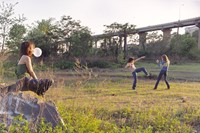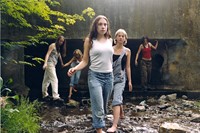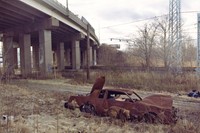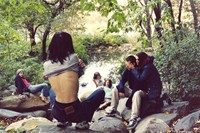“I staged the girls as a standing army of teenaged runaways in resistance to patriarchal ideals,” says Justine Kurland of her Girl Pictures, taken over 20 years spent on the road in the North American wilderness
The various faces of the North American wilderness are riven with iconography of romance, rebellion, escape and freedom. Here cowboys fought Indians, Butch Cassidy and the Sundance Kid evaded justice, Henry David Thoreau lived in the woods, Jack Kerouac went on the road and Timothy Treadwell tried to understand grizzly bears. It’s a profoundly masculine narrative, all John Wayne, Beat poets and Huckleberry Finn. But where are the girls?
Obviously there have been women on the road, running and rebelling just as hard as the boys. Photographer Justine Kurland was one of them. For 20 years, she went on many-month-long road trips across the United States in an old green van, exploring and taking pictures. She had a number of subjects, but between 1997 and 2002 she focused on the Girl Pictures, staging images inspired by teenage runaways, images redolent with modernity and myth.
“I staged the girls as a standing army of teenaged runaways in resistance to patriarchal ideals,” she says. “The girls in these photographs have gathered together in solidarity, claiming territory outside the margins of family and institutions.”
Kurland would scout evocative locations, often with links to the 19th-century Western frontier, and recruit her youthful subjects from local towns and schools. “I never knew where I would end up or whom I would find,” she says, “so it was impossible to predetermine the outcome. I allowed my narratives to unravel as I constructed them. I wanted the pictures to contain both my projection and the actuality of the situation.”

What is presented is an otherworldly version of female life in the wild, freed from the limits of patriarchal power. Boys are present only as victims – being tortured by nudity or overpowered by a “two-headed monster”. Otherwise, the world is female and made up of pagan, primal and prosaic activities – girls carrying home deer carcasses, swimming in green lakes, curled up together in makeshift tents, playing, camping, burning, eating, lounging, climbing, dancing, exploring. In one, two figures “make happy” in an abandoned car, in another they eat ketchup sandwiches, in another they emerge like dungaree-clad conquerors from under a bridge. The titles add to the atmosphere – The Sirens clamber up a roadside bank, The Guardian Angel sits on a scrubby bank by a motorway, Blood Sisters lie entangled under a tarpaulin.
But while myth and legend are woven into the pictures, so too are grit and ugliness. A cluster of teenagers are “shipwrecked” in a burnt-out car; one climbs a blossom-soaked tree framed by a motorway and a looming industrial coastline; the girl in flight from a forest fire streaming smoke might genuinely be in peril. We understand these pictures are part invention, but the truths pile up – not least in the clothes. The ubiquitous hoodies, tank tops, baggy jeans, combat trousers, oversized shirts are too familiar to be a costume. These girls are not creations, they are creating versions of themselves, or even idealised versions of Kurland’s own girlhood.
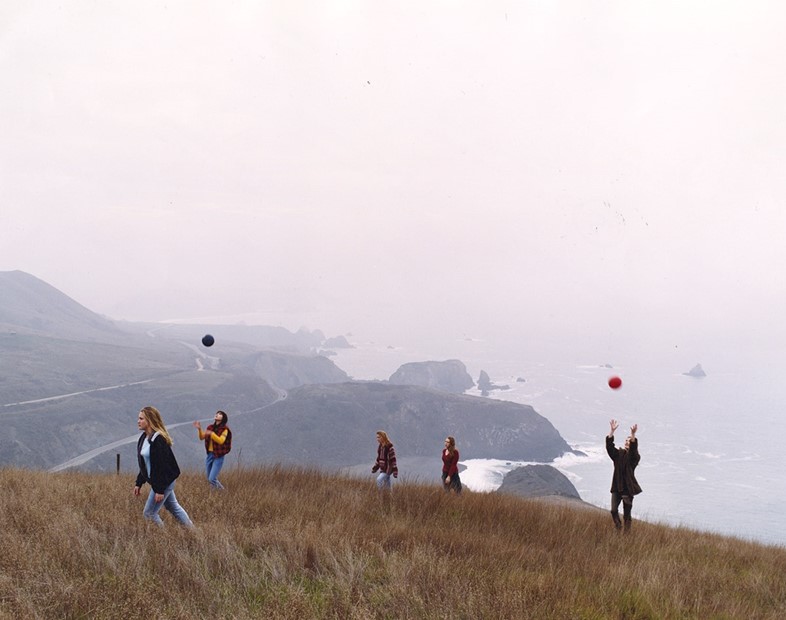
She says, “I was interested in girls because of their potential becoming. I wanted to warn them away from adulthood, and retroactively to correct what I hadn’t been able to fix for myself – becoming complicit economically, culturally and politically.”
20 years on, an exhibition at Mitchell-Innes & Nash is the first presentation of the artist’s complete first printing of the Girl Pictures. Politically and personally, they continue to resonate. Right now women have been forced into the streets to campaign for protection of their bodies and rights, and this spirit aligns with Kurland’s adventuring runaways. “It’s necessary to look at this work in the context of our current political situation, where human rights are under constant attack. The girls in my photographs have been marching for 20 years to build a world that is possible to live in.”
For Kurland, she returns to her images as a newly stationary artist. Her green van was totalled a few years ago, effectively ending her life on the road. She has begun to explore her roots, while putting down new ones of her own. “In many ways, my road trips were about putting as much distance between me and myself as I could, about going as far away as my car could take me. I decided to go back to see what I was running from.”
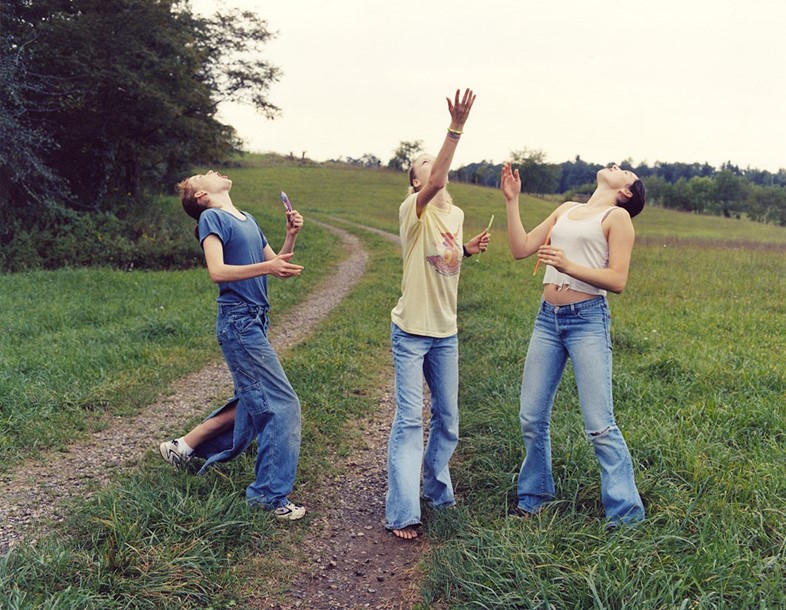
As for the girls themselves – “None of them live in girl collectives as I imagined. But dreams make way for other dreams. I like to think that no matter what, they sometimes look at the pictures and remember, however briefly, that they were once free.”
Justine Kurland: Girl Pictures, 1997-2002 runs until June 29, 2018 at Mitchell-Innes & Nash.
